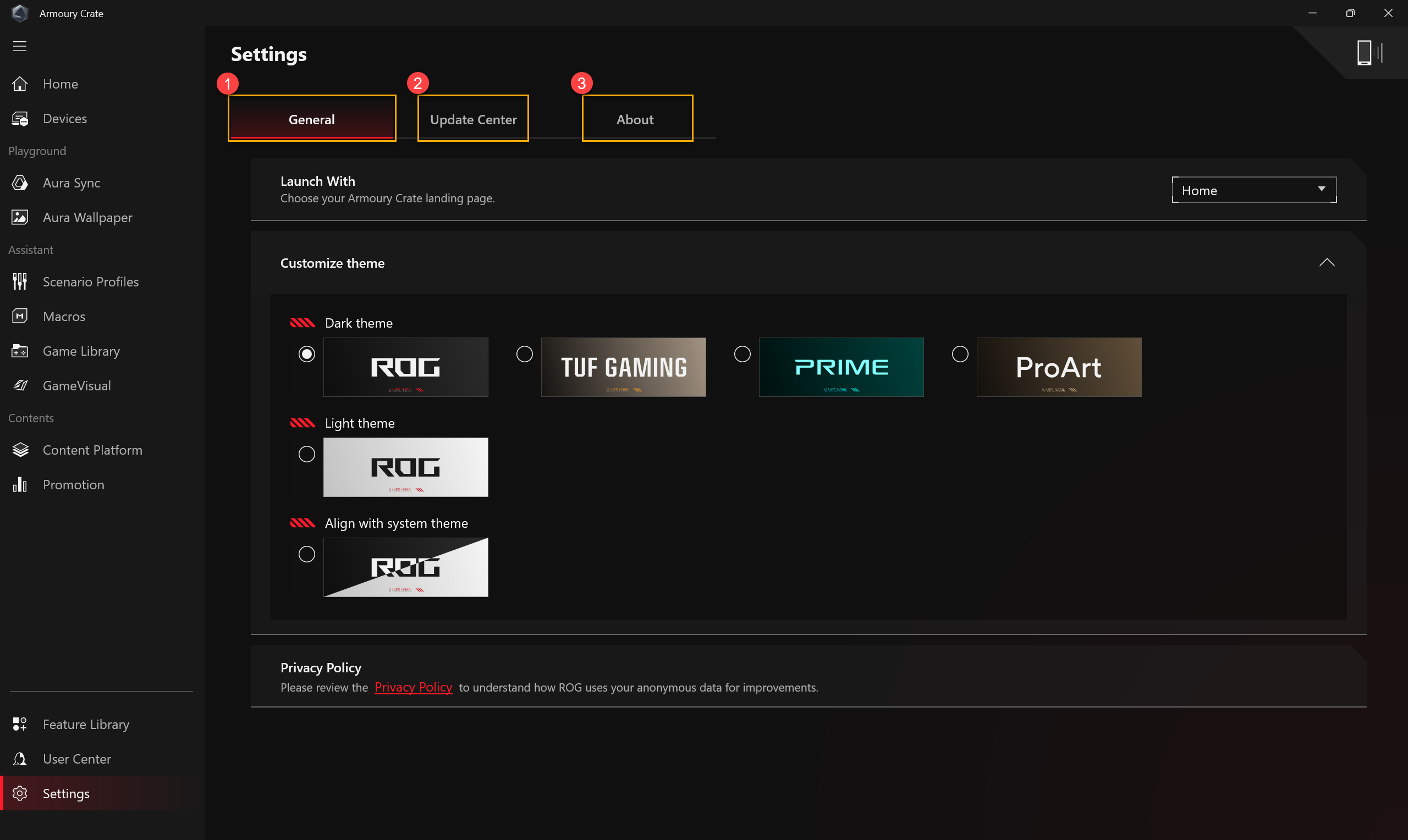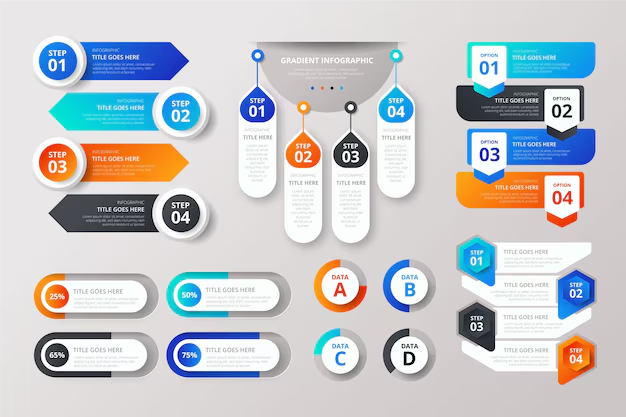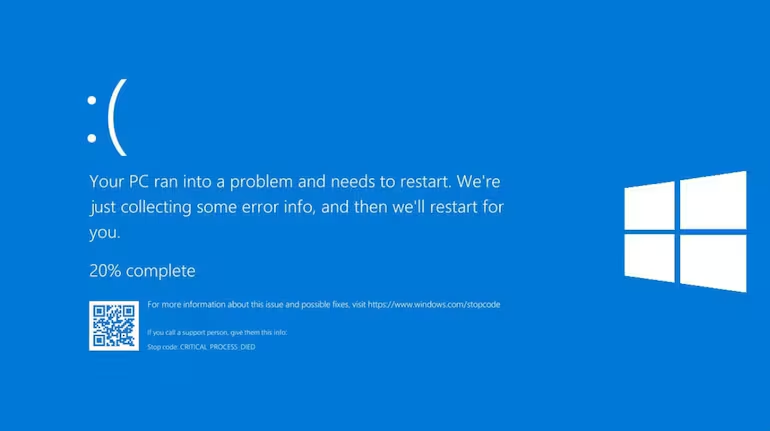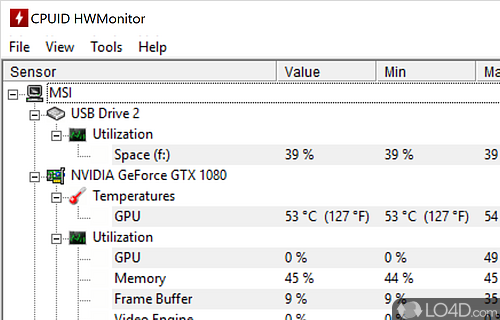VGADII is a new and puzzling feature in ASUS’s Armoury Crate software. It quietly installs with system updates and raises more questions than answers. Many users see it listed without knowing what it does. Fundamentally, VGADII functions as a low-level software component, likely operating at the firmware or driver layer. It may help optimize ASUS GPUs, but no official details confirm this. Because of this, tech forums are buzzing with theories and speculation. Still, VGADII is more than a technical mystery. It reflects how software updates now blend innovation with personal digital identity. From customizing hardware to managing performance, users shape their own experiences. In a digital world where control matters, VGADII sits at the crossroads. It symbolizes both advancement and the unknown. That’s exactly what’s drawing people’s interest.
Next, we’ll explore what VGADII might do—and why it matters.

Understanding VGADII – What Does It Do?
VGADII isn’t clearly defined, even by ASUS itself. It appears to be part of the Armoury Crate updates, but its purpose remains unclear. Most experts believe it’s a low-level driver or firmware module. It may be linked to ASUS ROG and TUF GPU performance. Some users speculate it improves temperature control or memory management. Others think it’s part of a diagnostic or GPU startup process. Yet, without official documentation, all of this remains guesswork. Nonetheless, VGADII highlights a broader shift in contemporary computing. It’s not just code — it represents how we shape our devices. From overclocking to fan profiles, users now tweak performance like personal expression. This mix of innovation and customization defines today’s digital experience. VGADII might be technical, but it connects deeply with how we use tech today. That’s why curiosity around it keeps growing. Coming up, let’s see how users are reacting—and what risks are involved.

Why is VGADII Controversial?
VGADII is more than just a mystery—it frustrates many users. Although designed for ASUS systems, it’s been reported on non-ASUS hardware like MSI and Gigabyte. These surprise installs often confuse users who never opted in for it. This has raised significant concerns about VGADII compatibility issues. Across Reddit threads and tech forums, users are sounding the alarm. Many are reporting system instability and random driver errors after the VGADII update. Terms like “VGADII MSI crash” are now standard in troubleshooting searches. Some even experienced Blue Screen crashes or random freezes. The biggest concern? Lack of control. Users didn’t ask for VGADII—yet it arrived quietly through updates. This triggers anxiety in a world where digital control matters. In today’s tech culture, users want to customize their experience. They want performance and safety, but also transparency. When updates install silently, it challenges both freedom and trust. VGADII represents the ongoing conflict between technological innovation and user control. And that’s why the conversation around it continues to grow online.

Risks and Issues with VGADII Updates
VGADII might aim to improve performance, but it’s causing serious problems for many users. One of the most reported issues is system instability after installing version 0.0.7.2. Users have experienced VGADII blue screen errors during regular tasks or startup.
In some cases, freezing or unexpected shutdowns follow the update. Many reports mention VGADII causing crashes on non-ASUS systems. The update seems to misidentify compatible hardware, leading to faulty driver installations. This hardware misrecognition often leads to deeper system failures or rollback needs. Gamers and creators report losing hours of progress due to sudden restarts. While some believe VGADII brings performance benefits, these issues make others cautious. The tech space today is all about control, personalization, and trust. When software causes instability, it disrupts that balance of self-expression and system safety. This is especially true for users who rely on consistent machine performance. Issues with VGADII version 0.0.7.2 have sparked intense debate across tech forums and Reddit. Until ASUS provides official clarity, users should approach VGADII with care. It’s advisable to create a system backup before applying unfamiliar updates.

Who Should Install VGADII? (Compatibility Guide)
VGADII is not a universal update—it was designed with ASUS ROG and TUF users in mind. If your system includes VGADII-supported GPUs, the update may enhance performance and stability. However, if you own a device from brands like MSI, Gigabyte, or Dell, you should avoid it. Users with incompatible systems have reported major issues after accidental installations. The ASUS ROG VGADII integration seems built for tighter hardware-software optimization. This makes it ideal for those using ASUS’s gaming or creator-focused devices. Installing it on unsupported systems introduces risks rather than improvements. In today’s digital age, knowing what powers your device is a form of self-expression.
Choosing the right software means shaping your tech identity wisely.
🛠️ Compatibility Checklist Before Installing VGADII:
-
✅ Do you own an ASUS ROG or ASUS TUF device?
-
✅ Is your GPU listed on the VGADII install guide?
-
✅ Have you checked Armoury Crate for official compatibility notes?
-
❌ Using MSI, Gigabyte, or other non-ASUS brands? Avoid this update.
-
✅ Created a system restore point before proceeding?
Your tech choices influence performance and reflect how you manage your digital identity. So, install VGADII only if your setup meets the right conditions.

Safe Update Practices for VGADII
Installing VGADII can unlock new features, but safety must always come first. Before applying the VGADII update, create a full system backup or a restore point. Taking this basic precaution allows you to restore your system in case of any issues. In a world driven by digital choices, protection reflects innovative identity management. You can also create a system image using built-in tools or third-party software. This mirrors your entire setup, allowing complete restoration in case of failure. To avoid surprise updates, disable VGADII in Armoury Crate settings. Go to Settings → Update Center → Disable Auto Update. After updating, observe your device closely. A safe VGADII update won’t cause fan spikes, screen flicker, or crashes. If you experience a decline in performance, use your backup to restore the previous state. Modern technology is not only about constant upgrades — it’s about having the freedom to decide how and when to advance. Backup before VGADII, and update only when you’re ready.
Community Reactions and ASUS’s Silence
VGADII has triggered a wave of confusion across online tech communities. Many users on Reddit and hardware forums have voiced concern. Surprise installations, performance dips, and unclear functionality fuel the speculation. Yet, ASUS remains quiet — no VGADII official statement, changelog, or public ASUS VGADII response. What users find most frustrating is the absence of clear communication. Technology today demands clarity, mainly when updates affect performance or security. Without a transparent VGADII changelog, users feel disconnected from the device controlling their system. Some speculate VGADII ties into ASUS’s Armoury Crate for hardware optimization. Others believe it collects diagnostic data or assists in fan control and boot behavior. Still, with no facts, trust erodes fast. Even the smallest tool reflects personal identity and power in the digital age. Lack of communication turns curiosity into concern — and that’s where ASUS is falling behind.
Alternatives and Workarounds
Not every user wants to keep VGADII on their system. Some see it as unnecessary or even risky. Luckily, there are VGADII alternative driver solutions that offer more control. First, you can manually update your GPU drivers from trusted sources. Avoid automatic tools unless you know what they install. If VGADII is already present, use DDU for VGADII to uninstall it cleanly. Display Driver Uninstaller (DDU) helps remove hidden files and registry entries. Next, explore open-source hardware monitors like HWMonitor or Open Hardware Monitor. These tools give transparency without silently installing unknown components. They help you stay informed about system performance and temperature. Removing or replacing VGADII doesn’t mean losing innovation.
Instead, it shows users taking charge of their setup. In a digital world shaped by customization, control equals identity. Options are available to remove VGADII or bypass it entirely. There’s no reason to accept a lack of clarity or communication.

Final Thoughts: Should You Keep or Remove VGADII?
VGADII blends cutting-edge tech with the idea of user customization. For some, it’s helpful. For others, it’s a headache. It may enhance performance if you’re a gamer using ASUS ROG VGADII. Developers and power users might benefit from its system-level tools. However, casual users may find it unnecessary and potentially risky.
Let’s break down the VGADII pros and cons quickly:
✅ Potential GPU enhancements
✅ System monitoring and integration
❌ Random installs on non-ASUS devices
❌ Risks like crashes and BSODs
So, VGADII keep or remove?
If you didn’t intentionally install it, removal may be safer. Use Display Driver Uninstaller or Armoury Crate to manage or remove it. If significant issues appear, contact ASUS support directly for guidance. Their input can clarify hardware compatibility and software conflicts in a world where identity meets innovation, and control over software matters. Make the choice that fits your system—and your comfort.
FAQs About VGADII
What is VGADII in Armoury Crate?
VGADII, found within Armoury Crate, is an obscure software element developed by ASUS. It appears suddenly during updates, sparking curiosity and confusion. This tool reflects the merging of performance tuning and digital self-expression. VGADII shapes how users interact with identity, customization, and control as technology evolves.
Is VGADII safe to install?
VGADII sparks questions about trust and control in modern tech. While ASUS designs it, issues like crashes raise concerns. Still, it symbolizes how innovation meets personal customization. In the digital age, tools like VGADII reflect our evolving connection to identity, performance, and digital self-expression.
Why did VGADII install on my MSI system?
VGADII unexpectedly appears on some MSI systems, which is confusing. Though built for ASUS devices, it sometimes installs via Windows updates. This highlights how cross-brand tech behavior impacts trust. VGADII reminds us how deeply digital tools shape user identity and system experience in a world driven by personalization.
How to uninstall VGADII safely?
VGADII may seem mysterious, but removing it is safe with the proper steps. First, use Display Driver Uninstaller (DDU) in safe mode. Then, restart and block future installations via Group Policy. Even small components like VGADII play a distinct role in shaping both system identity and performance in today’s personalized technology landscape.